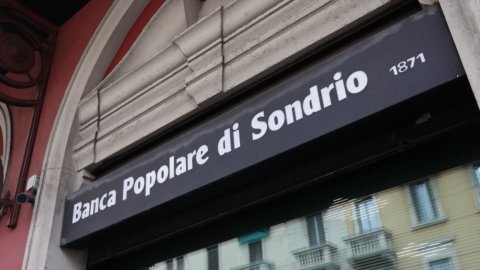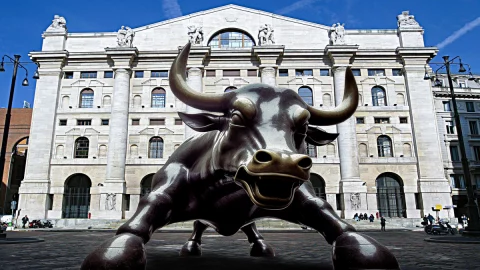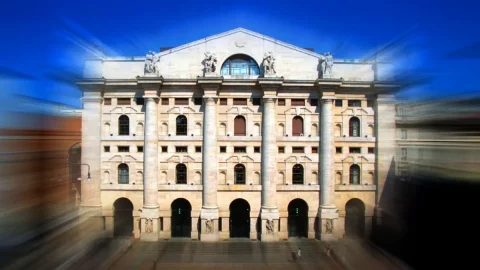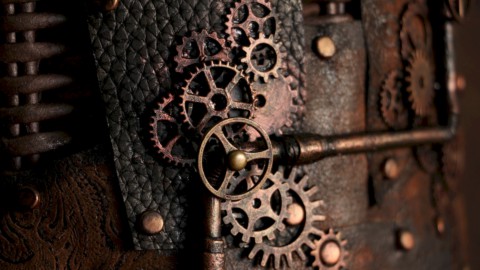How, where and when to invest in order not to lose money and stay in an epochal transition. The European Investment Bank try to support investors in renewable energy, helping them with their own guidance. A tool that seeks above all to make people understand the circular economy, the mechanisms that regulate it, see it as the basis for new social models. Elements too often ignored in the rhetorical ardor of those who have the real economy in hand.
The guide provides information on the EIB's wide-ranging lending and advisory activities. It is not a static document, far from it. To lower any risk or be misinterpreted, the guide will be updated periodically based on the evolution of market needs and the opportunities of circular systems. It includes the main economic categories that can create sustainable value. Each investor will find information and advice on resource efficiency, materials, technologies, product regeneration, waste, biomass, fertilizers, building renovations.
When you think about investing, you have to choose well the tools to be adapted to the chosen projects. In the established practice this methodology is quite widespread. But what in many cases slows down the effectiveness of the expenditure are the bureaucratic steps to implement the project. A real trap in the hands of public offices and structures which becomes an odious paradox with respect to the Bank's mission. The EIB was born and is managed to help EU countries grow and progress. The post-Covid European investment plans of these weeks see it at the center of large capital movements.
If governments discuss breaking down the bureaucracy it is wise for them to get some ideas from the guide. Simply because green investments cannot be effective indefinitely. Italy can certainly benefit from it, despite all the slowness that accompanies the Conte bis green deal.
The EIB explains the types of products and financial instruments best suited to the needs of applicants. On the other hand, the EIB has granted loans for the last 5 years over 2 billion euros to the circular economy. Now for more traditional and large-scale projects – explains a note – medium and long-term direct loans are offered with variable fixed interest rates. For smaller operations, however, indirect financing is provided through local banks and other intermediaries. You have to read, prepare projects and get busy.





